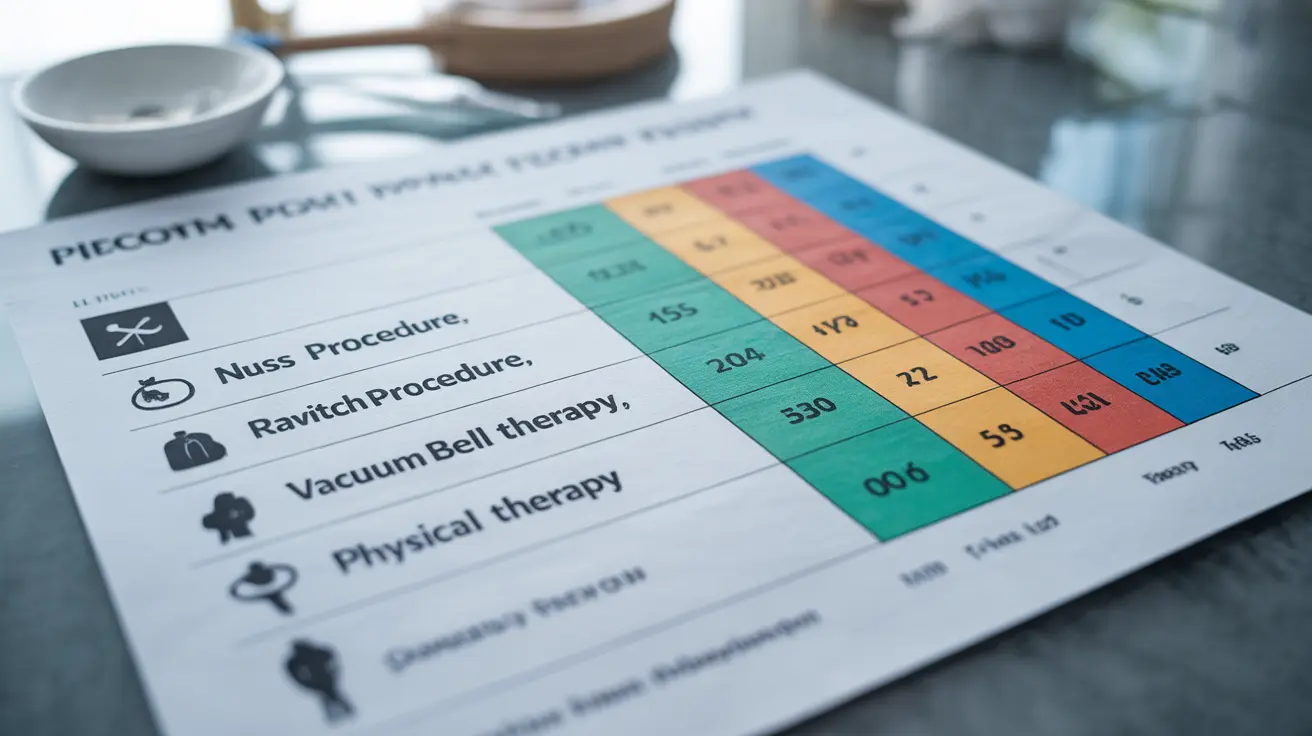Understanding the financial aspects of pectus excavatum surgery is crucial for patients and families considering this corrective chest wall procedure. The cost can vary significantly based on multiple factors, including the surgical technique chosen, geographical location, and insurance coverage. This comprehensive guide breaks down the expenses associated with pectus excavatum surgery and explores coverage options.
Understanding the Basic Costs of Pectus Excavatum Surgery
The total cost of pectus excavatum surgery encompasses various components, including surgical fees, hospital stays, anesthesia, and post-operative care. In the United States, the procedure's base cost typically ranges from $40,000 to $80,000 without insurance. The United Kingdom's NHS typically covers the procedure for eligible patients, while private treatment costs can range from £15,000 to £25,000.
Insurance Coverage and Requirements
Most major insurance providers in the United States will cover pectus excavatum surgery when specific medical criteria are met. These typically include:
- Documented cardiac or pulmonary complications
- Severe chest wall deformity with a Haller index greater than 3.25
- Evidence of progressive worsening of the condition
- Documentation of failed conservative treatments
Insurance approval often requires thorough medical documentation and may involve multiple stages of review before authorization is granted.
Comparing Surgical Techniques and Their Costs
The Nuss Procedure
The Nuss procedure, being minimally invasive, typically involves:
- Shorter hospital stays (3-7 days)
- Higher equipment costs due to specialized bars
- Average costs ranging from $40,000 to $60,000 before insurance
The Ravitch Procedure
The traditional Ravitch procedure costs generally include:
- Longer operating time
- Extended hospital stays (5-10 days)
- Average costs ranging from $30,000 to $50,000 before insurance
Required Preoperative Testing and Associated Costs
Several essential tests are required before surgery approval:
- CT scan ($500-$3,000)
- Cardiac evaluation ($200-$1,000)
- Pulmonary function tests ($400-$800)
- Basic laboratory work ($100-$300)
Alternative Treatment Options and Cost Comparisons
Less invasive alternatives to surgery include:
- Vacuum bell therapy ($400-$1,000 for the device)
- Physical therapy programs ($50-$150 per session)
- Bracing systems ($200-$800)
- Exercise programs (minimal cost)
Frequently Asked Questions
How much does pectus excavatum surgery typically cost in the US and UK?
In the US, the total cost typically ranges from $40,000 to $80,000 without insurance. In the UK, NHS coverage is available for eligible patients, while private treatment costs between £15,000 to £25,000.
What insurance requirements must be met for pectus excavatum surgery to be covered?
Insurance typically requires a Haller index greater than 3.25, documented cardiac or pulmonary complications, evidence of progression, and proof that conservative treatments have been unsuccessful.
What is the cost difference between the Nuss and Ravitch procedures for pectus excavatum?
The Nuss procedure typically costs $40,000-$60,000, while the Ravitch procedure ranges from $30,000-$50,000 before insurance. The Nuss procedure often has higher equipment costs but shorter hospital stays.
What preoperative tests are needed before pectus excavatum surgery and do they affect insurance coverage?
Required tests include CT scans, cardiac evaluations, pulmonary function tests, and basic laboratory work. These tests, totaling $1,200-$5,100, are typically covered by insurance when properly authorized and deemed medically necessary.
Are there less expensive alternatives to traditional pectus excavatum surgery, and how do their costs compare?
Yes, alternatives include vacuum bell therapy ($400-$1,000), physical therapy ($50-$150 per session), and bracing systems ($200-$800). While significantly less expensive, these options may not be suitable for severe cases.




